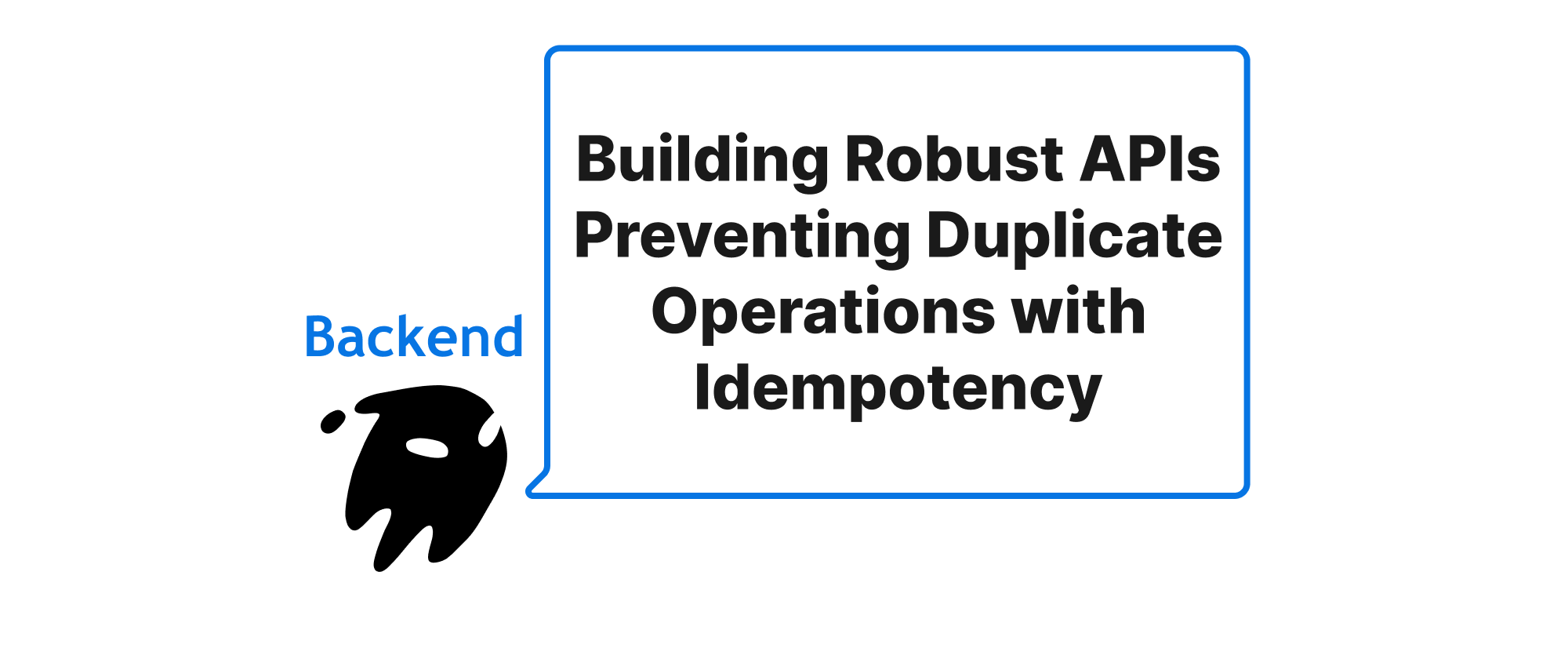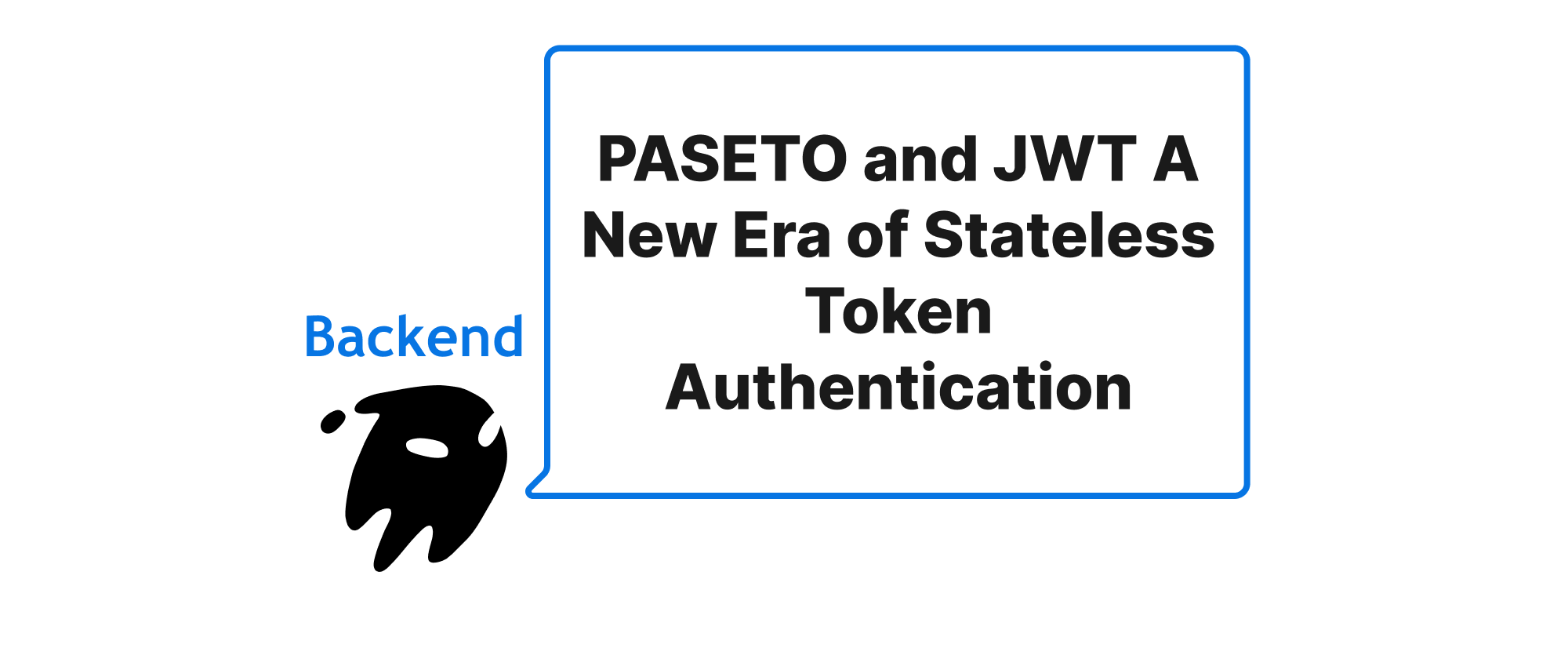Building Robust APIs Preventing Duplicate Operations with Idempotency
James Reed
Infrastructure Engineer · Leapcell

Introduction
In the intricate world of backend development, ensuring the reliability and predictability of our systems is paramount. One common and often subtle challenge developers face is the risk of duplicate operations. Imagine a scenario where a user repeatedly clicks a "submit order" button due to network latency, or an automated retry mechanism triggers the same payment request multiple times. Without proper safeguards, such occurrences can lead to incorrect data, financial discrepancies, and a frustrating user experience. This is precisely where the concept of idempotency becomes indispensable. Designing and implementing idempotent APIs is not just a best practice; it's a fundamental requirement for building robust, fault-tolerant systems that can gracefully handle the inherent uncertainties of distributed environments. This article will explore what idempotency means in the context of APIs, why it's so vital, and illuminate various practical strategies for achieving it, complete with concrete code examples.
Understanding Idempotent API Design
Before diving into the implementation details, let's establish a clear understanding of the core concepts related to idempotent APIs.
What is Idempotency? In mathematics and computer science, an operation is idempotent if applying it multiple times produces the same result as applying it once. In the context of APIs, an idempotent API endpoint guarantees that calling it multiple times with the same parameters will have the same effect on the server's state as calling it once. Crucially, this doesn't mean the response from multiple calls will always be identical (e.g., a "resource created" message might become a "resource already exists" message), but the side effects on the system remain consistent.
Why is it important for APIs?
- Network Unreliability: Network glitches, timeouts, and retries are commonplace. Without idempotency, a retry could lead to unintended duplicate actions.
- User Behavior: Users might double-click, refresh after submitting, or encounter slow loading times, leading to multiple submissions.
- Distributed Systems: Message queues, event streams, and microservices often involve "at-least-once" delivery semantics, meaning messages (and thus API calls) might be processed more than once.
- API Gateways & Proxies: These components might retry requests automatically, requiring downstream APIs to be idempotent.
Common HTTP Methods and Idempotency:
- GET: Inherently idempotent. Retrieving data multiple times doesn't change the data.
- HEAD: Inherently idempotent. Similar to GET but only returns headers.
- OPTIONS: Inherently idempotent. Describes communication options.
- PUT: Generally idempotent. It's often used to replace a resource at a given URI. If you PUT the same data to the same URI multiple times, the resource simply gets replaced with the same value each time.
- DELETE: Generally idempotent. Deleting a resource multiple times results in the resource being absent, which is the same state as deleting it once. The first call might return '204 No Content', subsequent calls might return '404 Not Found', but the resource's state (deleted) is consistent.
- POST: Not inherently idempotent. A POST request typically sends data to the server to create a new resource. Sending the same POST request multiple times will usually create multiple resources. This is where idempotency mechanisms are most needed.
- PATCH: Not inherently idempotent. PATCH applies partial modifications to a resource. Applying the same patch multiple times might produce different results depending on the patch logic (e.g., "increment by 10").
Strategies for Implementing Idempotency
The core principle behind making an API idempotent, especially for non-idempotent operations like POST, is to assign a unique identifier to each operation and use this identifier to detect and prevent duplicate processing.
1. Idempotency Key (Client-Generated)
This is the most common and robust approach. The client generates a unique, opaque key (often a UUID) for each request and sends it as a special header (e.g., Idempotency-Key or X-Idempotency-Key).
Principle:
The server receives the Idempotency-Key.
- It checks if this key has been seen before for a successful operation.
- If yes, it returns the stored result of the original operation without re-executing it.
- If no, it processes the request, stores the key along with the operation's result (or a success/failure status), and then returns the result.
Implementation Details:
- Storage: The
Idempotency-Keyand its associated response/status need to be stored in a persistent, fast-access store (e.g., Redis, a dedicated database table). - TTL (Time-To-Live): Idempotency keys should have an expiration time to prevent indefinite storage growth. A common practice is to keep them for a few minutes or hours, which covers typical retry windows.
- Atomicity: The check-and-store operation must be atomic to prevent race conditions. If two identical requests hit the server simultaneously, only one should successfully acquire the lock/process the request for that key.
Example (Conceptual Python/Flask):
from flask import Flask, request, jsonify import uuid import time app = Flask(__name__) # In a real app, use Redis or a proper database table idempotency_store = {} # {idempotency_key: {"status": "SUCCESS", "response_data": {...}, "timestamp": ...}} def process_payment(amount, currency, user_id): """Simulates a payment processing logic.""" print(f"Processing payment for user {user_id}: {amount} {currency}") time.sleep(2) # Simulate network/processing delay if amount < 0: raise ValueError("Invalid amount") return {"message": "Payment successful", "transaction_id": str(uuid.uuid4()), "amount": amount, "currency": currency} @app.route('/payments', methods=['POST']) def create_payment(): idempotency_key = request.headers.get('Idempotency-Key') if not idempotency_key: return jsonify({"error": "Idempotency-Key header is required"}), 400 # 1. Check if key exists in store (and is still valid) if idempotency_key in idempotency_store: stored_entry = idempotency_store[idempotency_key] # For simplicity, we just return the stored response if available # In a real system, you might check a 'processing' status and wait # or return a 'conflict' if the original request failed. if stored_entry.get("status") == "SUCCESS": return jsonify(stored_entry["response_data"]), 200 # Return original successful response # 2. Key not found or expired, proceed with processing try: data = request.json amount = data.get('amount') currency = data.get('currency') user_id = data.get('user_id') if not all([amount, currency, user_id]): return jsonify({"error": "Missing amount, currency, or user_id"}), 400 # Simulate putting a lock on the key to prevent concurrent processing # In a real system, this would be a distributed lock (e.g., Redis SET NX) if idempotency_key in idempotency_store and idempotency_store[idempotency_key].get("status") == "PROCESSING": return jsonify({"error": "Request already being processed with this key"}), 409 # Conflict idempotency_store[idempotency_key] = {"status": "PROCESSING", "timestamp": time.time()} result = process_payment(amount, currency, user_id) # 3. Store the successful result along with the key idempotency_store[idempotency_key] = { "status": "SUCCESS", "response_data": result, "timestamp": time.time() } return jsonify(result), 200 except ValueError as e: # In case of application-level errors, store status as FAILED idempotency_store[idempotency_key] = { "status": "FAILED", "error_message": str(e), "timestamp": time.time() } return jsonify({"error": str(e)}), 400 except Exception as e: # General server error, store status as FAILED idempotency_store[idempotency_key] = { "status": "FAILED", "error_message": "Internal Server Error", "timestamp": time.time() } return jsonify({"error": "Internal Server Error"}), 500 if __name__ == '__main__': app.run(debug=True, port=5000)
Client Example (using curl):
# First request curl -X POST -H "Content-Type: application/json" \ -H "Idempotency-Key: f5a6b7c8-d9e0-f1a2-b3c4-d5e6f7a8b9c0" \ --data '{"amount": 100, "currency": "USD", "user_id": "user123"}' \ http://localhost:5000/payments # Second request with the same Idempotency-Key (will return the same result) curl -X POST -H "Content-Type: application/json" \ -H "Idempotency-Key: f5a6b7c8-d9e0-f1a2-b3c4-d5e6f7a8b9c0" \ --data '{"amount": 100, "currency": "USD", "user_id": "user123"}' \ http://localhost:5000/payments # New request with a different Idempotency-Key curl -X POST -H "Content-Type: application/json" \ -H "Idempotency-Key: a1b2c3d4-e5f6-g7h8-i9j0-k1l2m3n4o5p6" \ --data '{"amount": 50, "currency": "EUR", "user_id": "user456"}' \ http://localhost:5000/payments
2. Distributed Locks
For operations that modify shared resources, distributed locks (e.g., using Redis, ZooKeeper, or a database with SELECT ... FOR UPDATE) can ensure that only one instance of the operation proceeds at a time for a given Idempotency-Key. This is especially crucial when handling concurrent requests with the same key.
3. State Transition and Pre-conditions
For operations that modify the state of an entity, you can enforce idempotency by checking the current state before applying the change.
Principle: If an operation is only valid when an entity is in a specific state, and the operation moves it to another state, subsequent attempts to perform the same operation (which would find the entity in the new state) can be gracefully rejected or ignored.
Example:
- Order Fulfillment: An
fulfill_orderAPI could check if the order status is "PENDING". If it's already "FULFILLED", it does nothing (returns success). - Debit/Credit: When processing a financial transaction, check the current balance and transaction status. Ensure transactions are applied only if they haven't been applied yet.
4. Unique Constraints in Database
For operations that involve creating new records, leverage unique constraints in your database.
Principle: If you're creating a record that has a natural unique identifier (e.g., an order number, a user email), define a unique constraint on that field in your database.
Example:
POST /usersAPI: If you try to create a user with an email that already exists (andemailhas a unique constraint), the database will prevent the duplicate insertion, and your API can catch the error and return a409 Conflictor200 OK(indicating the user already exists).POST /orders: Use anorder_id(generated by the client or a previous service) as a unique identifier and apply a unique constraint.
Caution: Unique constraints are good for preventing duplicates, but they don't inherently provide the original response for retried requests. Combining this with an Idempotency-Key strategy is ideal for a full idempotent experience.
Application Scenarios
Idempotent APIs are critical in many areas:
- Payment Processing: Preventing double charges. Every payment request should carry an idempotency key.
- Order Management: Ensuring orders are created and processed exactly once.
- Event Processing: In event-driven architectures, consumers of message queues often process messages in an "at-least-once" fashion. Idempotent processing ensures that side effects occur only once, even if a message is redelivered.
- Resource Creation: APIs for creating entities (users, products, documents) where duplicate creation would be problematic.
- State Updates: Any API that modifies resource state (e.g.,
PATCH /resource/{id}/status,POST /resource/{id}/increment_counter).
Important Considerations
- Error Handling: How do you handle an
Idempotency-Keyconflict (e.g., a request trying to process a key that's currently being processed)? A409 Conflictis often appropriate, prompting the client to wait and retry the original request or use a new key. - Storage and TTL: Carefully choose your idempotency store (Redis is popular for its speed and TTL capabilities). Determine an appropriate TTL based on expected retry windows. Too short, and legitimate retries might re-execute; too long, and storage grows indefinitely.
- Idempotency Key Generation: The client must generate a sufficiently unique and random key (UUIDv4 is a good choice).
- Server Crash during Processing: If the server crashes after processing but before storing the result (and associating it with the key), a retry might still lead to duplicate execution. Atomic transaction commits (e.g., storing the key and processing the operation within a database transaction) can mitigate this.
- Scope of Idempotency: Be clear about what constitutes "the same effect." Does it include external systems? If your API makes calls to other non-idempotent services, your API's idempotency might need to wrap those external calls with their own idempotency mechanisms or handle potential duplicates.
Conclusion
Designing and implementing idempotent APIs is a foundational practice for building reliable, fault-tolerant backend systems. By understanding the nature of idempotent operations and employing strategies like the Idempotency-Key, distributed locks, and leveraging unique constraints, developers can significantly mitigate the risks associated with duplicate requests. This proactive approach ensures consistent system state, prevents unintended side effects like double payments, and ultimately delivers a more stable and predictable experience for both users and downstream services. Always consider idempotency as a core requirement when designing APIs to withstand the inherent unpredictability of networked environments.


